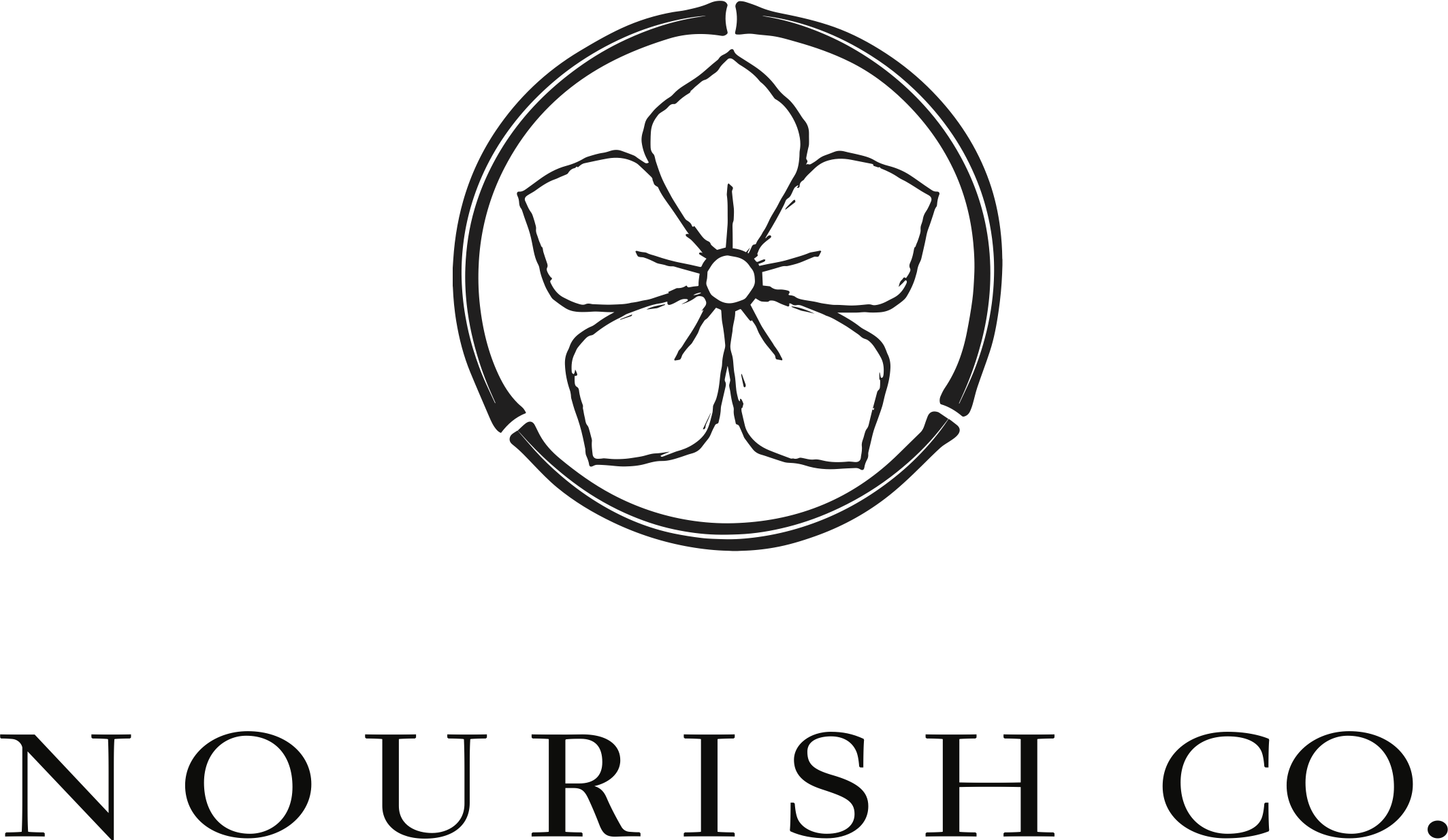Toshikoshi Soba年越し蕎麦
Every year, for as long as I can remember, my Japanese mother would make us a warming bowl of soba noodles in hot broth a few hours after a light New Year's Eve dinner.
年越し蕎麦 Toshikoshi soba literally translates to year-crossing noodle. Unlike us in the West, New Year's Eve is a pretty quiet evening for most Japanese people. It's a time to reflect on the past year, and to spend time with family. There are a few theories associated with why we eat toshikoshi soba:
My Mom always told me that long noodles symbolize wishes for a long life
Buckwheat, which soba is made from, can survive sever weather hardships while it is growing so soba is representative of resiliency
Soba noodles are very easy to cut while eating, so eating soba is also representative of easily letting go of hardships from the past year.
This year I plan to have friends and family over for a simple bowl of toshikoshi soba with a bit of Champagne, because it's New Years Eve here after all. Here's my recipe:
Serves: 4
Ingredients:
2 bunches fresh spinach or watercress, rinsed and ends removed
2 carrots, peeled and sliced into coins
8 cups dashi stock
2 tablespoons soy sauce
1 tablespoon mirin
1/2 pound boneless skinless chicken thighs, cut into 1-1/2" cubes
1 package frozen soba noodles (if you can't get your hands on fresh soba noodles, this is your next best bet. I find the texture superior to dried).
1/2 cup finely sliced green onion
1 kamaboko (fish cake), sliced
Instructions:
Fill a large soup pot 3/4 of the way with water (you will use this to boil the noodles). Set it over medium heat and bring it to a boil. If you are cooking dried noodles, note you may need more water since it will get starchier (than frozen or fresh noodles). When this water comes to a boil, blanch the greens and remove with a slotted spoon or chopsticks (reserving the water). Place it in a small collandar, flushing it with cold water to stop it from cooking further. Squeeze out the water and set it aside. Bring the water to a boil again and add the carrot coins. They should cook in about 5 minutes. Set the carrots aside in the bowl with the greens and turn the heat down to low.
In another pot, heat your dashi. When it comes to a simmer, add the soy sauce and mirin let this boil for about 5 minutes. Turn the heat to the lowest setting and throw in the chicken thighs.
Bring the pot the greens were in to a boil again. Add the frozen soba noodles and heat until the noodles defrost (3-4 minutes). Use chopsticks to pull the noodles apart gently. Be extra careful not to over-cook the noodles. Strain into a colander.
Place the noodles into soup bowls and ladle the soup on top, making sure that everyone gets an even portion of chicken. Arrange the green onions, carrots, greens and fish cakes to the bowl. Serve immediately and enjoy!
Head here to visit our Modern Heirlooms web shop, where I've thoughtfully co-created ritual objects with my favorite artisans (in limited runs) to help you elevate your sacred rituals.
I truly believe that cuisine is the most accessible gateway into learning more about our rich heritages. In addition to food, there are so many ways to celebrate, honor, and even reclaim, our time-honored traditions. I believe ritual objects really help anchor us in these moments-- especially around the table.

